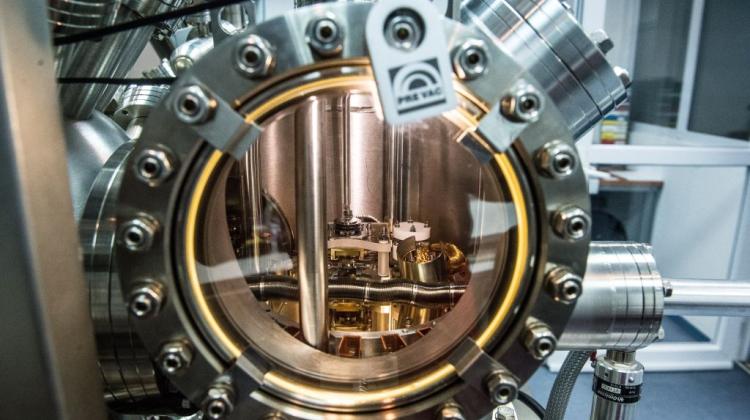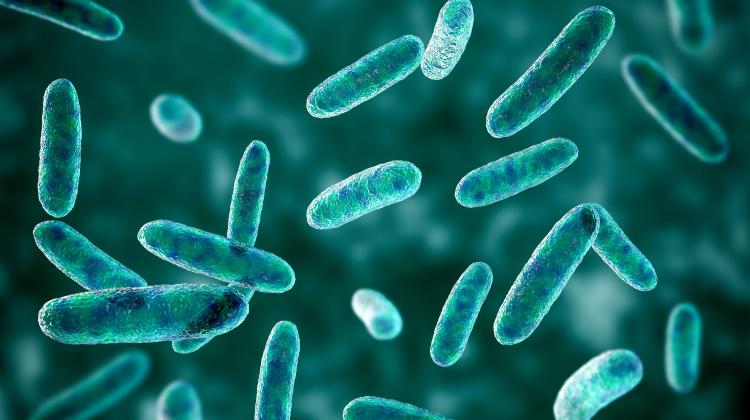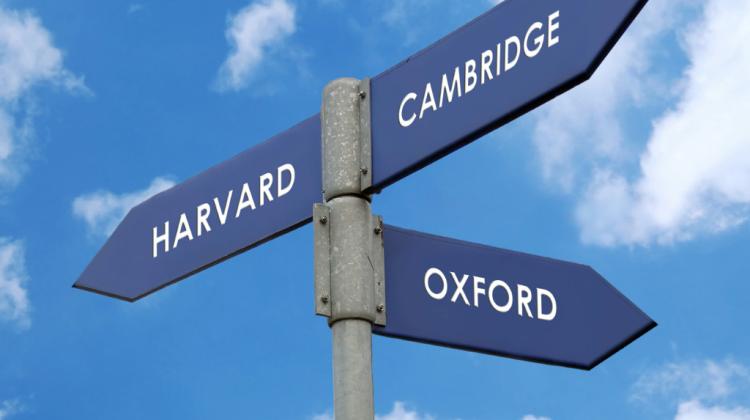Artificial synapses are a step towards an artificial brain

In the human brain, synapses are responsible, among other things, for the ability to remember and learn. Researchers at the University of Lodz are working on artificial synapses, which will be an indispensable part of a neuromorphic computer, mimicking the operation of the human brain.
Scientists around the world have long been working on neuromorphic systems, computers that would function like the human brain. For this reason, they are sometimes referred to as artificial brain. The development of such an artificial brain is also an objective of one of the flagship research projects of the European Union, the "Human Brain Project".
Why do we need such an artificial brain? Dr. Maciej Rogala from the Department of Solid State Physics, University of Lodz, explained that the development of an artificial brain can, for example, help understand why we suffer from neurodegenerative diseases, such as Alzheimer\'s disease. "We do not fully understand their causes, and we hope that the creation of an artificial brain may help to clarify this issue" - said Dr. Rogala.
"For neuromorphic computers to fulfil their role, we need artificial synapses that change their properties as a result of learning" - explained Dr Rogala. "To put very simply, the basis for the brain functioning are neurons and synapses, or connections between neurons. One neuron connects to another with a synapse. Good connections between neurons ensures efficient transmission of information between them in the brain. At the same time, when the information passes through the synapse regularly, it automatically changes them, as a result of which we can remember and learn" - added the scientist.
Work on the first neuromorphic computers is developed simultaneously in several directions. Some scientists want to use a complex system of electronic components in the role of artificial synapses. Other teams are working on artificial synapses built of the so-called memristors of metal oxide. They who have the unique ability to "remember" their electrical conductivity, which can be defined as the ability to learn. Such memristor can become an artificial synapse connecting the artificial neurons. This idea is being explored by researchers from the team of Prof. Zbigniew Klusek from the Department of Physics and Applied Informatics, University of Lodz. Dr. Maciej Rogala carries out his grant project in that team.
"I have been dealing with memristors for several years, but so far I rather used them in computing and new memory chips. They are great for storing information. Recently, many groups in the world began but wonder if memristors can be used not only to store information, but also as synapses in an artificial brain" - explained Dr. Rogala.
Now, in a new project, co-financed by the National Science Centre, Dr. Rogala wants so see if titanium dioxide memristors are suitable for use in artificial synapses of nanometer sizes. According to Rogala, the example of titanium dioxide makes it easy to understand the mechanisms that occur in memristors. "Titanium dioxide is a model compound, basic material on which the memristor structures are tested" - noted the researcher. "The purpose of my project is to explain the physical and chemical mechanisms, which may determine to what extent these systems are suitable for use as synapses and how they will behave in the nanoscale" - described the researcher.
The scientist will first prepare titanium dioxide nanowires, which he will then attempt to modify with electric current. Dr. Rogala also wants to find out whether if current is periodically applied to these nanowires, after a while the artificial synapse remembers the information it receives. If this effect can be achieved, it would be the first step to build a neuromorphic computer based on memristors.
PAP - Science and Scholarship in Poland, Ewelina Krajczyńska
ekr/ agt/ mrt/
tr. RL
Przed dodaniem komentarza prosimy o zapoznanie z Regulaminem forum serwisu Nauka w Polsce.

















